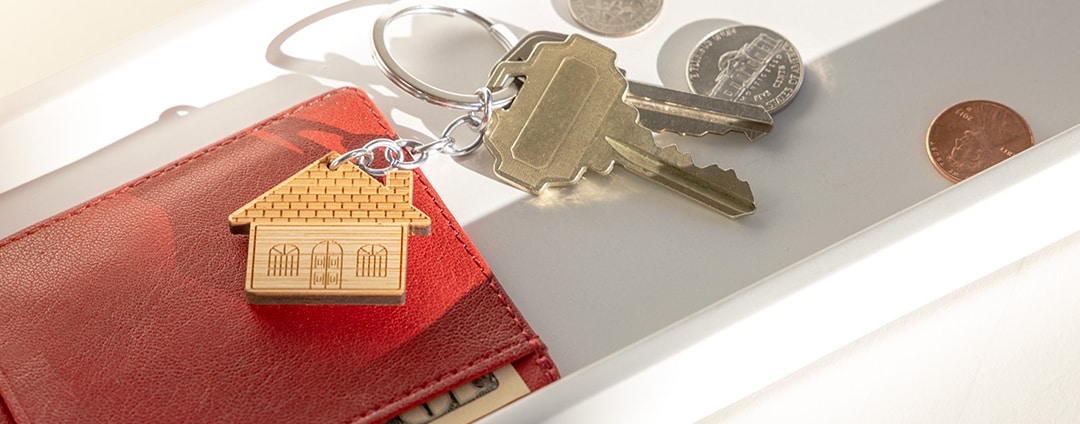Mortgage learning and education center

What monthly mortgage payment can you afford?
"How much home can I afford?” might have been one of your first questions when starting your home shopping journey. Find the answer here.
Read the articlePreparing to buy a home

Renting versus buying a home
The mortgage process

Understanding down payments
Owning and refinancing

Homeownership and taxes

Buying a home on a budget?
Access resources and learn about various low down payment options to make your dream of homeownership a reality.
Grow your knowledge with our mortgage tools
Talk to a mortgage consultant
Call us
1-877-510-2079
Mon – Fri: 7 am – 8 pm
Sat: 8 am – 6 pm
Central Time
Marque 9 para recibir atención en español.
Let us contact you
Enter your contact information to have a mortgage consultant call you.
Find a consultant
Use our locator to search for mortgage consultants in your area.
If you extend your loan term, you may pay more interest over the life of your loan.
If you are a service member on active duty, an eligible spouse, partner, or dependent, or currently receiving SCRA benefits, please consult with your legal advisor prior to seeking a refinance of your existing mortgage loan. In some cases, a refinance may impact your eligibility for benefits under the Servicemembers Civil Relief Act or applicable state law.
How was your experience? Give us feedback.
Wells Fargo Home Mortgage is a division of Wells Fargo Bank, N.A.
LRC-0225

